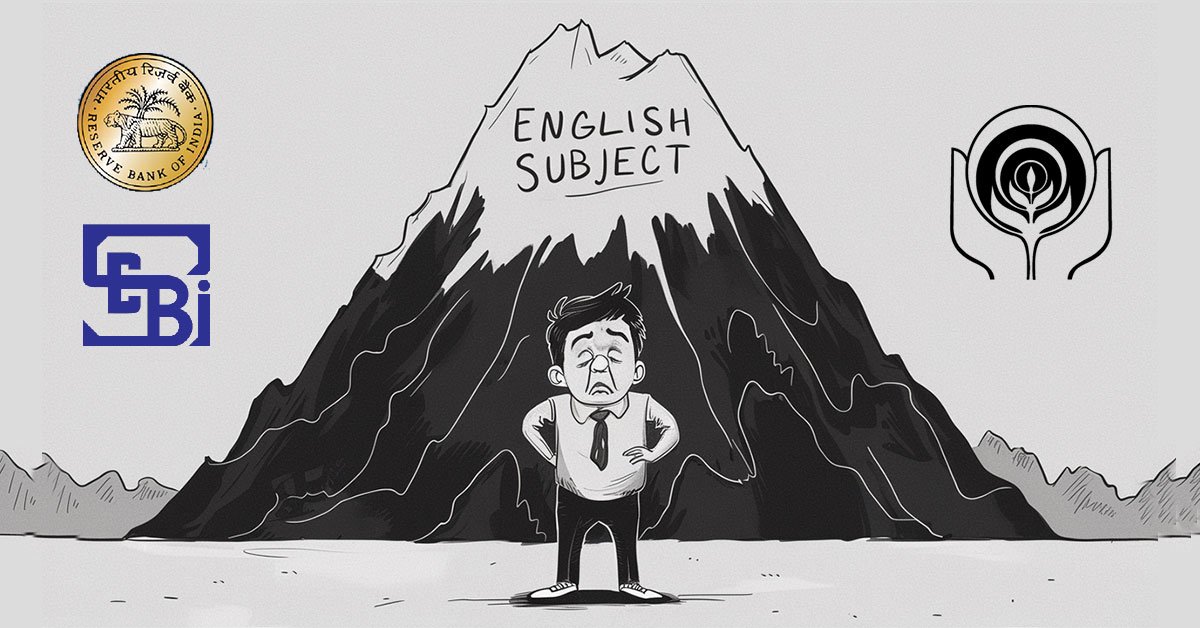
The Sub-Mission on Agricultural Mechanization (SMAM) was launched in 2014-15 by the Ministry of Agriculture and Farmers Welfare. In India, the Sub-Mission on Agricultural Mechanization (SMAM) was introduced to promote mechanization at the grassroots level, enhancing productivity and efficiency in the farming sector.
What is the Sub-Mission on Agricultural Mechanization (SMAM)?
The Sub-Mission on Agricultural Mechanization (SMAM) is a central government initiative launched in 2014 under the Ministry of Agriculture and Farmers’ Welfare. Its goal is to promote the adoption of appropriate, cost-effective, and environmentally friendly mechanization technologies in farming practices. The mission aims to improve the efficiency of farming, reduce the drudgery of farm labor, increase agricultural productivity, and make farming more sustainable and profitable.
Objectives of SMAM
- Promote Mechanization in Agriculture:
- Encourage the use of modern machinery in farming operations such as land preparation, sowing, irrigation, fertilization, and harvesting.
- Enhance Efficiency and Productivity:
- Improve the timeliness and quality of farm operations, resulting in increased productivity and reduced losses during critical phases like sowing and harvesting.
- Reduce Labor Dependency:
- By mechanizing farm operations, the need for manual labor is minimized, helping to address the challenges posed by labor shortages, especially in rural areas.
- Create Employment Opportunities:
- Mechanization not only reduces the dependency on farm labor but also creates new opportunities in the manufacturing, servicing, and maintenance of farm machinery.
- Promote Sustainable Farming Practices:
- Ensure that mechanization methods are aligned with sustainable agricultural practices, thereby reducing environmental degradation and conserving resources like water and soil.
- Bridge the Technological Gap:
- Help small and marginal farmers gain access to high-tech machinery and tools that were previously out of reach due to high costs.
Key Features of SMAM
- Financial Assistance:
- The government provides subsidies to farmers for purchasing agricultural machinery. This financial assistance is typically shared between the central and state governments. Subsidies are available for various types of machinery such as tractors, power tillers, seeders, harvesters, and more.
- Promotion of Custom Hiring Centers (CHCs):
- To make mechanization more accessible to small and marginal farmers, SMAM promotes the establishment of Custom Hiring Centers (CHCs). These centers allow farmers to rent machinery for specific tasks, reducing the capital burden on individuals while still reaping the benefits of mechanization.
- State-Level Implementation:
- The mission is implemented through state-level agricultural departments and agencies, ensuring that mechanization technologies are tailored to the specific needs and requirements of different regions and farming systems.
- Training and Capacity Building:
- The initiative also emphasizes training and capacity building to ensure that farmers are well-versed in the operation and maintenance of the machinery. This includes providing technical assistance, demonstrations, and workshops.
- Focus on Small and Marginal Farmers:
- A significant portion of the subsidies is earmarked for small and marginal farmers, who are typically the most vulnerable to challenges in mechanization adoption.
- Promotion of Environmentally Sustainable Practices:
- The mission encourages the adoption of technologies that are energy-efficient and reduce the environmental footprint of agricultural operations.
Components of SMAM
- Promotion of Agricultural Mechanization through Subsidy:
- Subsidies for machinery such as tractors, power tillers, seed drills, post-harvest machines, and irrigation equipment.
- The assistance varies depending on the type of machinery, with larger subsidies offered for smaller farmers and specific regions.
- Establishment of Custom Hiring Centers (CHCs):
- Farmers can hire machinery from these centers at a reasonable cost.
- CHCs help farmers who cannot afford expensive equipment or those with small landholdings to benefit from mechanization.
- Farm Machinery Banks:
- A collection of machinery provided on a rental basis.
- These banks are set up in different rural locations to ensure the machinery is available when needed.
- Training and Skill Development:
- Focus on educating farmers on how to use, maintain, and repair machinery.
- These training programs are conducted through workshops, field demonstrations, and hands-on experiences.
- Awareness Campaigns:
- Information campaigns to spread awareness about the benefits of mechanization and available government support.
- These campaigns also encourage farmers to adopt appropriate machinery for their specific farming needs.
Benefits of SMAM
- Improved Productivity:
- Mechanization leads to faster and more efficient farm operations, resulting in better crop yields, timely planting, and harvesting.
- Labor Efficiency:
- With the introduction of modern machinery, the dependence on manual labor reduces significantly, making farming less labor-intensive.
- Cost Reduction:
- By increasing efficiency, mechanization helps farmers reduce operational costs, including labor costs, fuel costs, and time spent on farm activities.
- Faster Operations:
- Mechanized processes allow farmers to perform tasks like plowing, sowing, and harvesting much faster than manual labor, reducing the risk of crop loss due to delays.
- Improved Quality of Produce:
- Mechanization ensures that tasks like seed planting and harvesting are done with precision, leading to better-quality produce and less waste.
- Enhanced Resource Utilization:
- Mechanization helps optimize resource use (such as water, seeds, and fertilizers), promoting sustainable agriculture and reducing environmental damage.
- Employment Generation:
- While it may reduce demand for labor in certain farm tasks, it creates new job opportunities in machinery operation, maintenance, and repair.
Challenges and Future Prospects
- High Initial Investment:
- The cost of purchasing machinery remains a significant barrier, particularly for small farmers. While subsidies help, the financial constraints of farmers can still hinder widespread adoption.
- Lack of Awareness:
- Many farmers are not aware of the benefits and availability of mechanization technologies, which limits their adoption.
- Inadequate Infrastructure:
- In rural areas, the lack of sufficient infrastructure (such as proper roads or maintenance facilities) can hinder the smooth operation of farm machinery.
- Training Needs:
- While SMAM provides training, there is a continuous need for improving the skill set of farmers to handle advanced machinery and technologies.
- Regional Disparities:
- The adoption of mechanization may vary from region to region based on the type of farming, regional policies, and access to financial support.
Conclusion
- The Sub-Mission on Agricultural Mechanization (SMAM) is a significant step toward transforming agriculture in India and other developing countries by making mechanization accessible and affordable.
- Through subsidies, training, and promoting custom hiring centers, SMAM helps farmers improve productivity, reduce labor dependency, and make agriculture more sustainable.
- As the mission progresses, it is crucial to address existing challenges such as financing, awareness, and infrastructure to ensure that the benefits of mechanization reach all sections of the farming community.



















